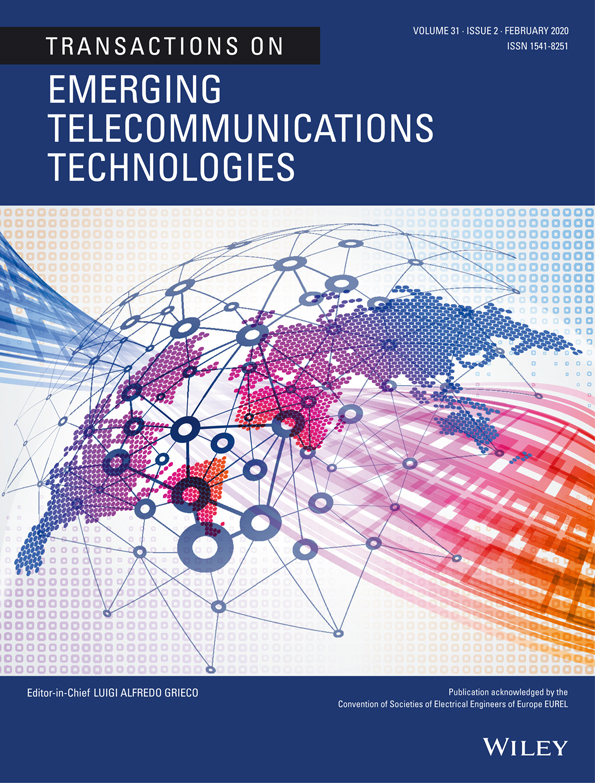TAMU-RPL: Thompson sampling-based multichannel RPL
Abstract
For the success of critical applications in the IoT, there is a need to counteract the effects of external interference, especially when the unlicensed spectrum is used. One way of improving the performance is with a routing protocol that quickly reacts to changes in the environment and avoids path and/or frequencies with higher interference. In this paper, we propose an optimization to the RPL protocol, called TAMU-RPL, that can keep a more accurate estimation of link quality to the neighbors and quickly react to degradation on the links. TAMU-RPL also uses the quality of links at different frequencies and opportunistically avoids the ones with bad quality. It is evaluated through simulations with connectivity traces from a 40-node test bed and in a real 5-node deployment. We compare TAMU-RPL with a baseline RPL protocol and a Dijkstra-based shortest-path algorithm. Results show that TAMU-RPL can successfully explore the neighbors and obtain ETX values much closer to the ones obtained with a shortest-path tree, even when link quality changes over time. In the simulation evaluation, TAMU-RPL was able to double the number of packets received at the sink compared to RPL and reduced the average delay of packets (in time slots) by more than 10%. In the real deployment, the number of packets received at the sink was increased by more than 33%.




